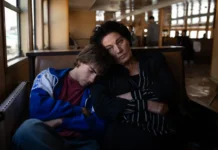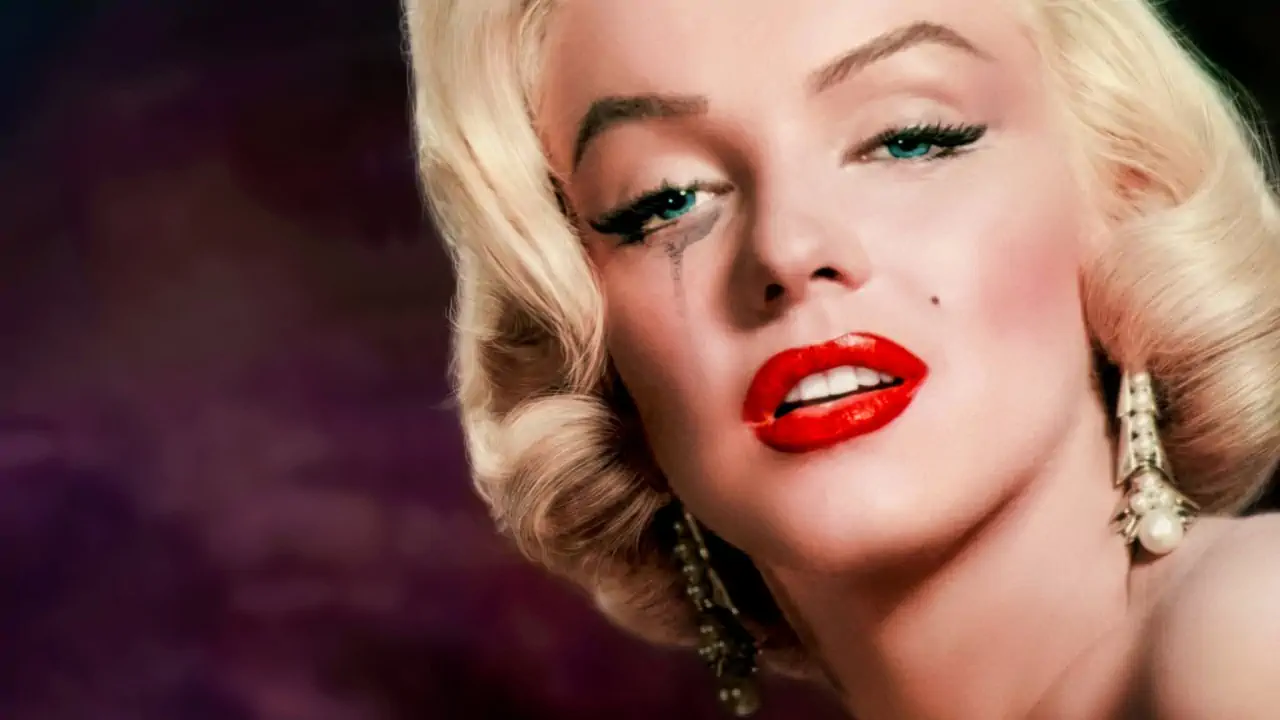Marilyn Monroe! The 1950s was the golden era of Hollywood, and amidst the glitz and glamour stood a star whose radiant presence shone brighter than any other. Marilyn Monroe captivated audiences with her undeniable talent, intoxicating beauty, and an allure that could make hearts skip a beat.
Join us on a captivating journey back in time as we delve into the silver screen of the 1950s, exploring how Marilyn Monroe became not just a screen legend but also an embodiment of feminine mystique during this cinematic revolution.

Step into the spotlight as we unravel the enigmatic persona behind the icon, unearthing fascinating stories from behind-the-scenes and discovering why Marilyn remains an everlasting symbol of timeless allure. Get ready to be transported to an era where moviemaking reached new heights – for together we shall explore ‘Marilyn Monroe and the Silver Screen of the 1950s.’
Introduction to Marilyn Monroe
Marilyn Monroe was born on June 1, 1926 in Los Angeles, California. Her birth name was Norma Jeane Mortenson, but she later took her mother’s maiden name, Monroe, as her stage name. Marilyn Monroe began her career as a model and appeared in a number of minor film roles before landing her breakout role in the 1953 film “Niagara“. She went on to star in a number of successful films throughout the 1950s and 1960s, including “Gentlemen Prefer Blondes“, “The Seven Year Itch“, and “Some Like It Hot“.
Marilyn Monroe was one of the most famous actresses of her time and she is still widely remembered and admired today. She was known for her bombshell looks and sex appeal, which helped make her one of Hollywood’s most iconic stars. Marilyn Monroe tragically died at the age of 36 from an overdose of barbiturates on August 5, 1962.
The Start of the Golden Age of Hollywood
The 1950s were a golden age for Hollywood, with Marilyn Monroe at the forefront. She was the epitome of glamour and sexuality, and her films were some of the most popular of the decade. Monroe’s films defined the era, and her image is still synonymous with Hollywood today.
How Marilyn Monroe Became a Hollywood Icon
Marilyn Monroe was an American actress, model, and singer, who became a major sex symbol in the 1950s and early 1960s. Born Norma Jeane Mortenson on June 1, 1926 in Los Angeles, she was orphaned at a young age and raised in foster homes. In 1942, at the age of 16, she married 21-year-old James Dougherty and took his last name. Three years later, after the marriage ended in divorce, Monroe began working in an aircraft factory. It was during this time that she was noticed by a photographer from continued to pursue a career in modeling and acting.
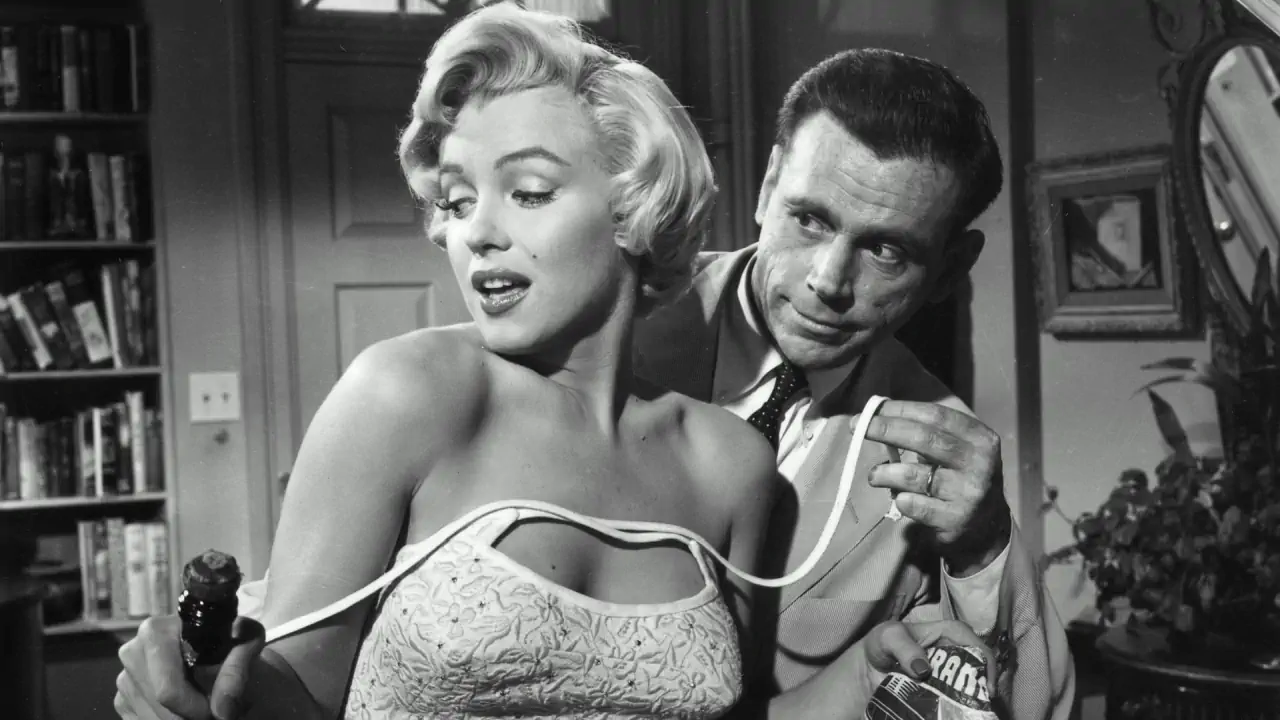
Monroe’s big break came when she landed a role in the 1949 film “All About Eve” She followed this up with roles in “The Asphalt Jungle” (1950) and “Niagara” (1953), which cemented her status as a sultry screen siren. In 1955, Monroe starred in one of her most iconic films, “The Seven Year Itch” which featured the now-infamous scene of her standing over a subway grate while her white dress billows up around her. Other notable films from this era include “Gentlemen Prefer Blondes” (1953), “How to Marry a Millionaire” (1953), “Bus Stop” (1956), and “Some Like It Hot” (1959).
Other 1950s Silver Screen Stars
In addition to Marilyn Monroe, the silver screen of the 1950s saw the rise of a number of other starlets. Among them were Audrey Hepburn, Grace Kelly, and Sophia Loren. Each possessed a unique beauty that helped them stand out from the crowd.
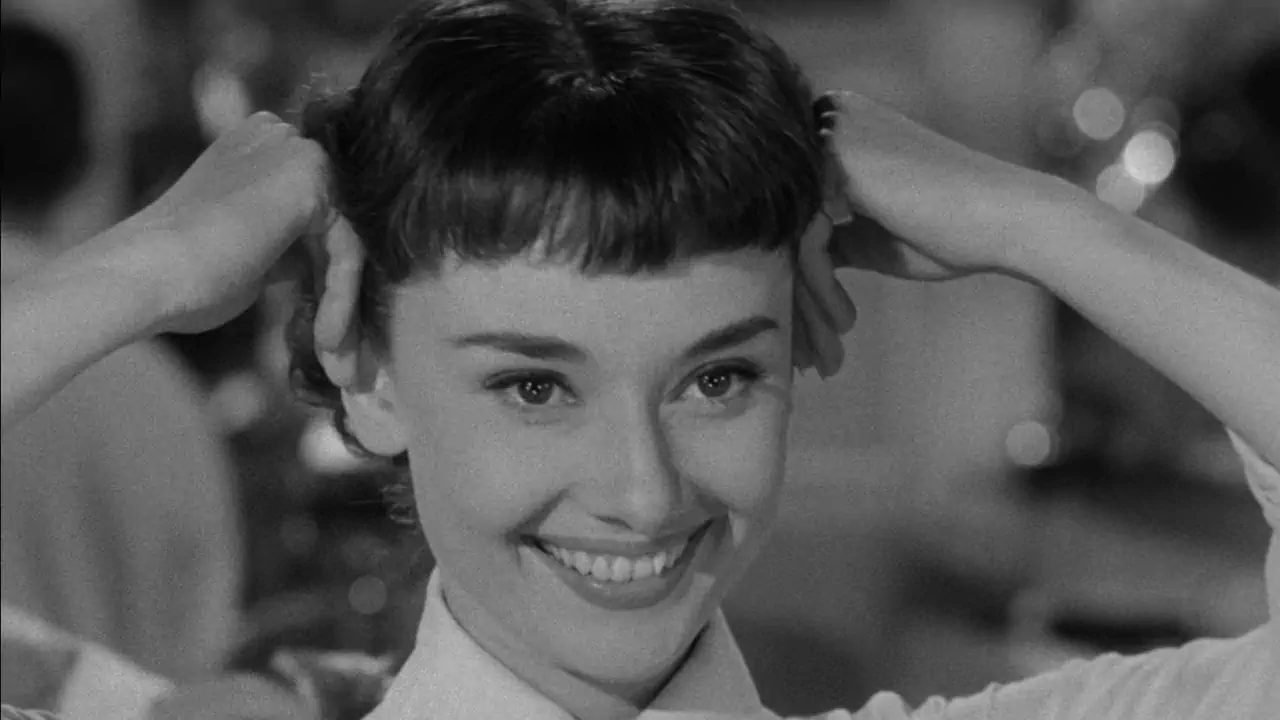
Audrey Hepburn was known for her delicate features and gamine figure. She rose to fame with her starring role in “Roman Holiday” (1953) and went on to appear in classics like “Sabrina” (1954), “The Nun’s Story” (1959), and “Breakfast at Tiffany’s” (1961). Audrey Hepburn’s style was very different from Marilyn Monroe’s – where Monroe embraced her femininity, Hepburn favored a more tomboyish look. But both women had an undeniable charisma that made them Hollywood royalty.
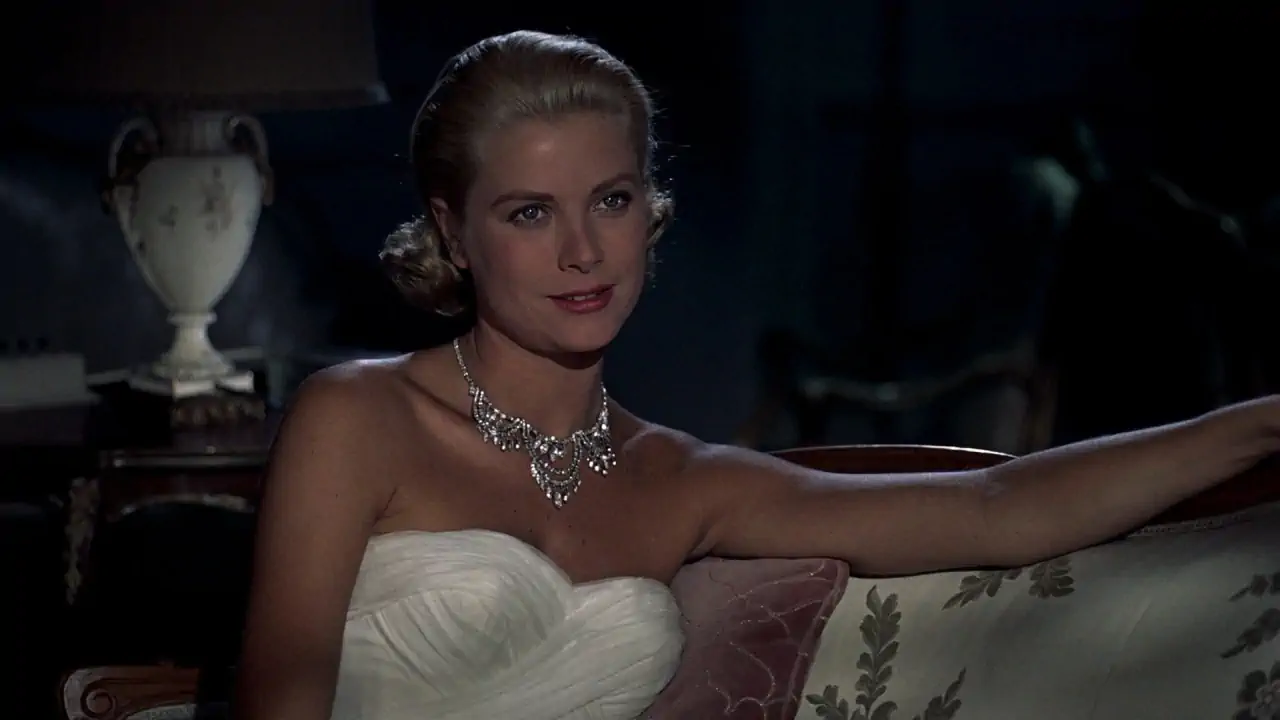
Grace Kelly was another 1950s screen siren who became a real-life princess when she married Prince Rainier III of Monaco in 1956. Like Monroe, Kelly exuded elegance and sophistication, but she also had a regal air about her. Some of Grace Kelly’s most memorable films include “Dial M for Murder” (1954), “Rear Window” (1954), and “To Catch a Thief” (1955).
Sophia Loren was yet another glamourous woman of the 1950s silver screen. Born Sofia Scicolone in Rome, Italy, Loren began her career in 1952 and rose to fame with her part in “Two Women” (1960), for which she won an Academy Award.

During her lengthy career, Loren has starred in a string of hit films such as “It Started in Naples” (1960), “The Millionairess” (1960), and “Arabesque” (1966).
The Impact of Movies and Television from the 1950s
The 1950s were a time of transition in American society. After the turmoil of World War II, people were ready for a change. The 1950s saw the rise of popular culture, which was driven by movies and television.
Movies and television had a profound impact on American society in the 1950s. They helped to shape the country’s values and beliefs. They also had a significant impact on fashion and lifestyle.
Movies and television played a major role in the Civil Rights movement. They helped to bring about change in the way that African Americans were treated in society.
Movies and television also helped to shape America’s view of itself. They showed the world that America was a powerful and respected nation.
Conclusion
The 1950s was a golden age for Hollywood, with monumental stars such as Marilyn Monroe setting the standard for iconic performances. From that time on, she became an immortal hallmark of classic cinema who will continue to be remembered and admired throughout the ages. Her films still bring joy and entertainment to this day, allowing us to take a step back in time and appreciate the talent she embodied so gracefully all those years ago.


















